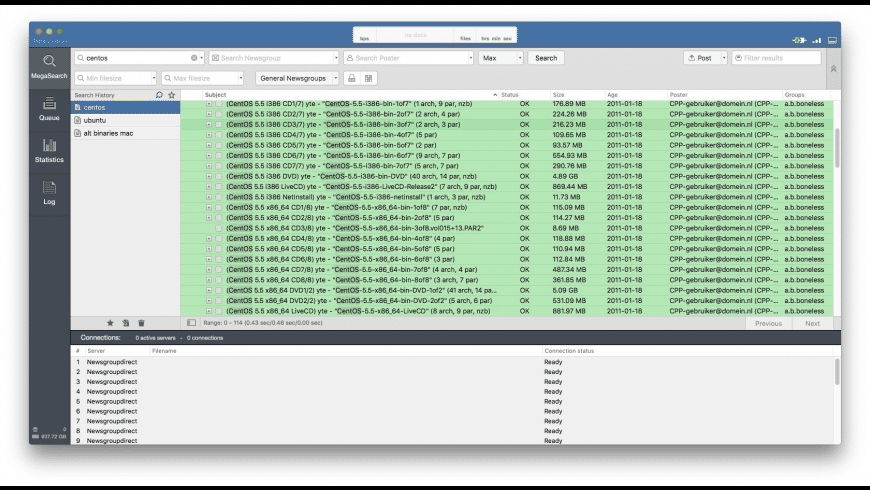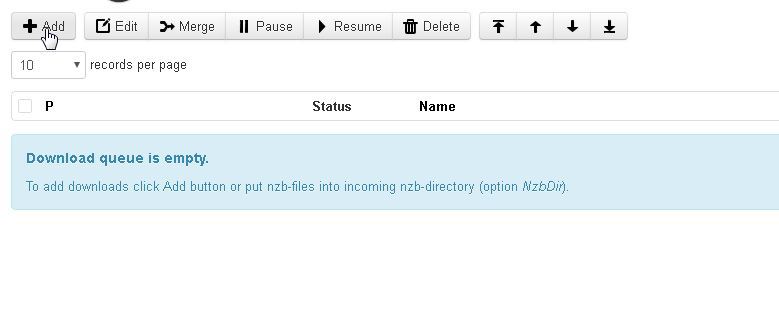Sonarr is supported natively on Windows. Sonarr can be installed on Windows as Windows Service or system tray application.
Sonarr can be installed as system tray application or Windows Service. A system tray application is started after the user logs in and is visible as an icon on the taskbar system tray.
A Windows Service runs even when the user is not logged in, but special care must be taken since Windows Services cannot access network drives (servershare or X: mapped drives) without special configuration steps.
Additionally the Windows Service runs under the 'Local Service' account, by default this account does not have permissions to access your user's home directory unless permissions have been assigned manually. This is particularly relevant when using download clients that are configured to download to your home directory.
It's therefore advisable to install Sonarr as a system tray application if the user can remain logged in. The option to do so is provided during the installer.
- Download Usenet Browser Mac Software Advertisement UseNeXT Client v.5.28 UseNeXT offers very fast, anonymous and uncensored access to Usenet - the mother of all file sharing services.
- Usenet mac software, free downloads and reviews at WinSite. Free Mac Usenet Shareware and Freeware.
Updating Sonarr v2 to v3
Sonarr v3 will automatically convert the existing Sonarr v2 installation. Sonarr v2 stored it's database in C:ProgramDataNzbDrone, which will be automatically converted to C:ProgramDataSonarr.It's advisable to make a backup of the v2 data first.

Download Mimo for Mac OSX. Installing Mimo is Easy! Download for Free 0.2.5 for Mac OSX 10.6.
Sonarr v2 ran under the System account, which has far too many privileges. Sonarr v3 runs under the Local Service account, and will not have access to user's home directories. This may lead to unexpected behavior when you're using a download client thats configured to download to your home directory.If this applies to you, please install Sonarr to run as system tray application instead.
Volumes and Paths
Usenet Download Program
There are two common problems with Docker volumes: Paths that differ between the Radarr and download client container and paths that prevent fast moves and hard links.
The first is a problem because the download client will report a download's path as /torrents/My.Movie.2018/, but in the Radarr container that might be at /downloads/My.Movie.2018/. The second is a performance issue and causes problems for seeding torrents. Both problems can be solved with well planned, consistent paths.
Most Docker images suggest paths like /movies and /downloads. This causes slow moves and doesn't allow hard links because they are considered two different file systems inside the container. Some also recommend paths for the download client container that are different from the Radarr container, like /torrents.
The best solution is to use a single, common volume inside the containers, such as /data. Your Movies would be in /data/Movies, torrents in /data/downloads/torrents and/or usenet downloads in /data/downloads/usenet.
Mac Usenet Client
If this advice is not followed, you may have to configure a Remote Path Mapping in the Radarr web UI (Settings › Download Clients).
Usenet Download Client Mac

Ownership and Permissions
Permissions and ownership of files is one of the most common problems for Radarr users, both inside and outside Docker. Most images have environment variables that can be used to override the default user, group and umask, you should decide this before setting up all of your containers. The recommendation is to use a common group for all related containers so that each container can use the shared group permissions to read and write files on the mounted volumes.
Keep in mind that Radarr will need read and write to the download folders as well as the final folders.
For a more detailed explanation of these issues, see The Best Docker Setup and Docker Guide wiki article.